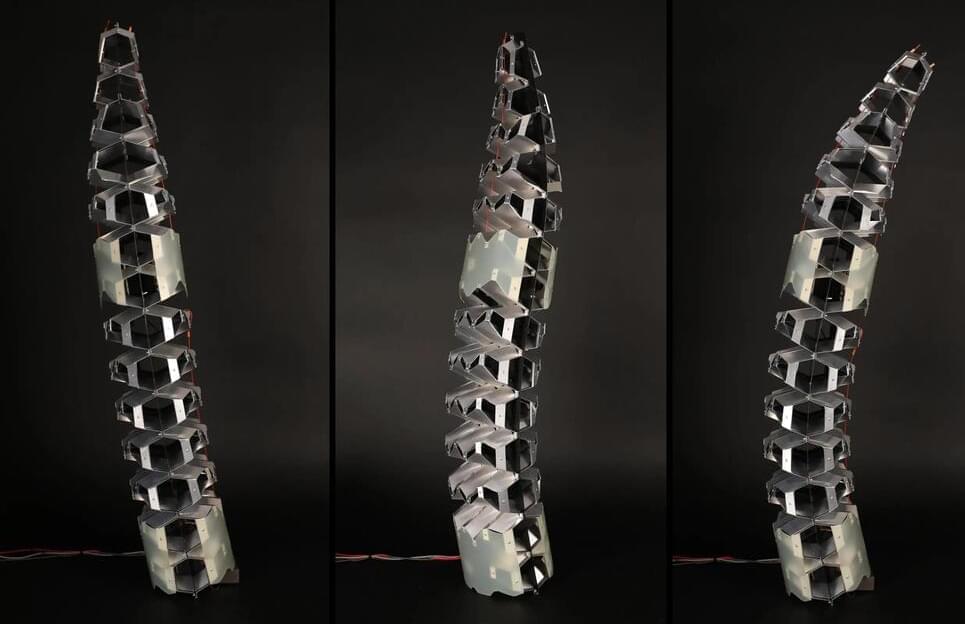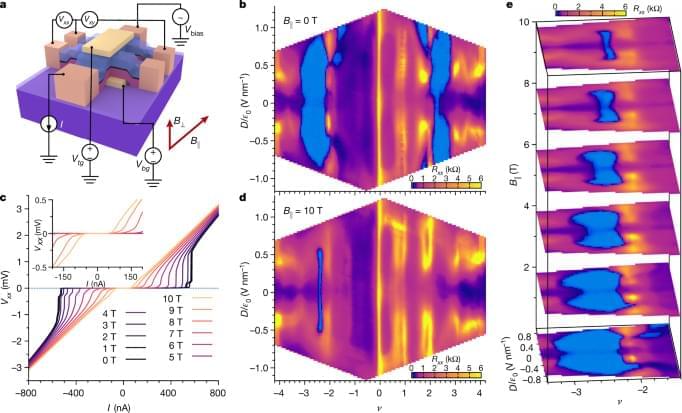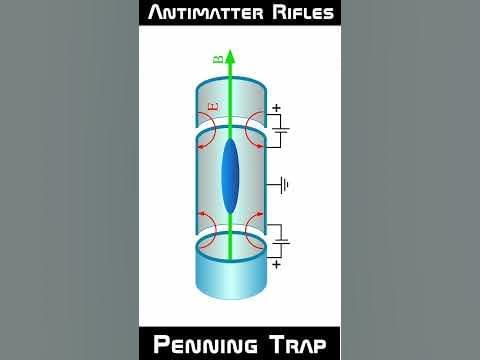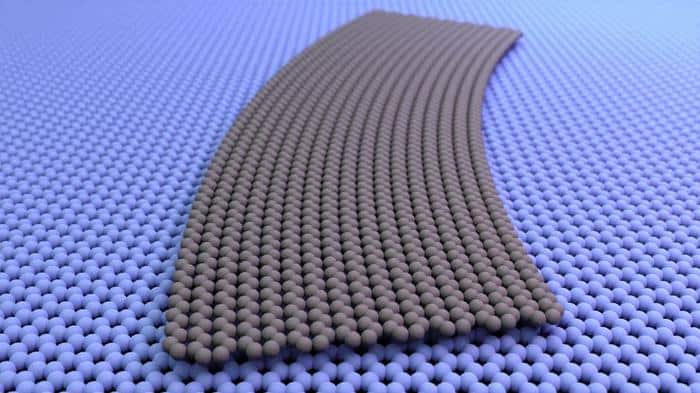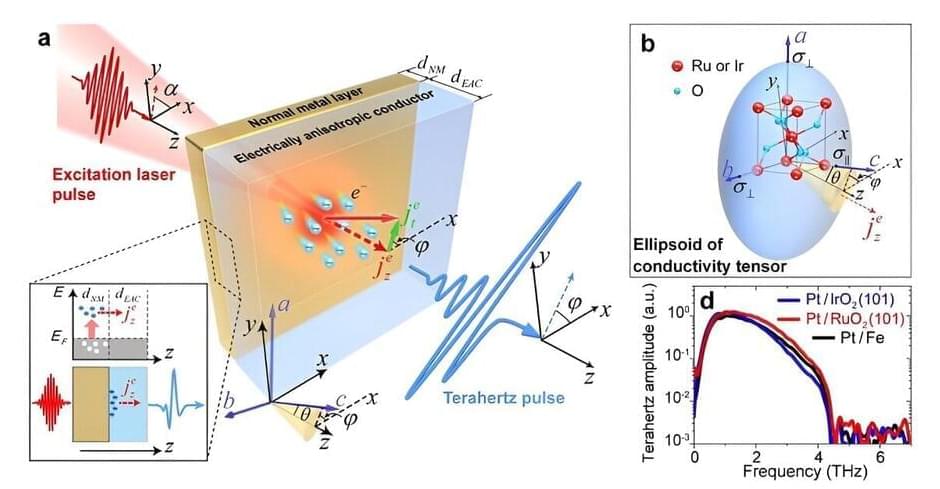Sep 20, 2023
MIT Engineers Harness Kirigami for Ultrastrong and Lightweight Structures
Posted by Genevieve Klien in category: materials
Produced with techniques borrowed from Japanese paper-cutting, the strong metal lattices are lighter than cork and have customizable mechanical properties.
Cellular solids are materials composed of many cells that have been packed together, such as a honeycomb. The shape of those cells largely determines the material’s mechanical properties, including its stiffness or strength. Bones, for instance, are filled with a natural material that enables them to be lightweight, but stiff and strong.
Inspired by bones and other cellular solids found in nature, humans have used the same concept to develop architected materials. By changing the geometry of the unit cells that make up these materials, researchers can customize the material’s mechanical, thermal, or acoustic properties. Architected materials are used in many applications, from shock-absorbing packing foam to heat-regulating radiators.
